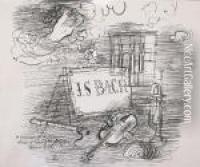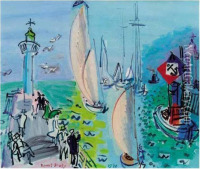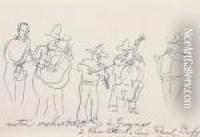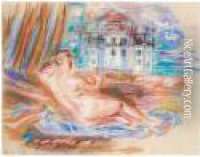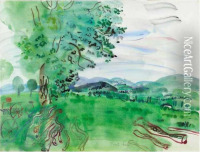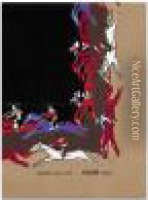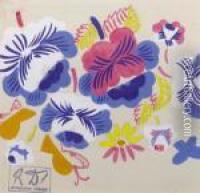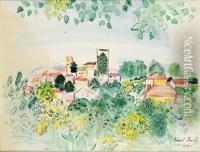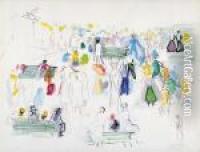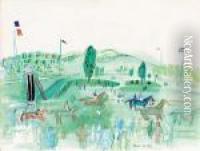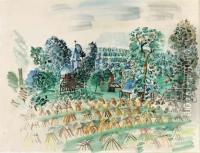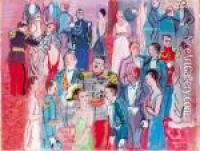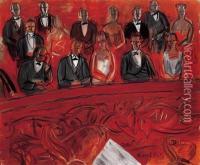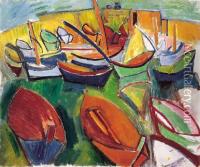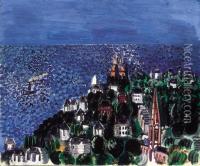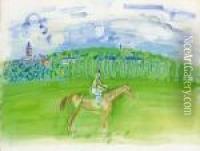Raoul Dufy Paintings
Raoul Dufy was a French painter noted for his colorful and whimsical style, which captured the spirit of the early 20th century modernist movement. Born on June 3, 1877, in Le Havre, France, Dufy initially studied music, but his passion for art prevailed, leading him to attend the École des Beaux-Arts in Paris. Early in his career, Dufy was influenced by the Impressionist painters, but his work evolved significantly after encountering the Fauvist movement in 1905. This movement, characterized by bold, non-naturalistic colors and a sense of spontaneity, deeply influenced Dufy's development as an artist.
Dufy's own style became known for its bright hues and light-hearted themes, often depicting leisure activities and seascapes. He painted a variety of subjects, including regattas, horse races, and large-scale public events. Notably, his work 'La Fee Electricite' for the 1937 Paris Exposition Internationale des Arts et Techniques dans la Vie Moderne is considered a masterpiece, encapsulating his distinctive approach to color and composition.
Throughout his career, Dufy also branched out into other forms of artistic expression, including designing textiles, creating ceramics, and crafting furniture. His work in these areas was marked by the same playful and vibrant aesthetic present in his paintings.
After a prolific career, Raoul Dufy's life came to an end on March 23, 1953, in Forcalquier, France. Despite his passing, his work continues to be celebrated for its joyful depiction of the early 20th century and its influence on later artists. Dufy left behind a legacy as a pioneer of modernist painting, whose work bridged the gap between decorative art and the avant-garde.
